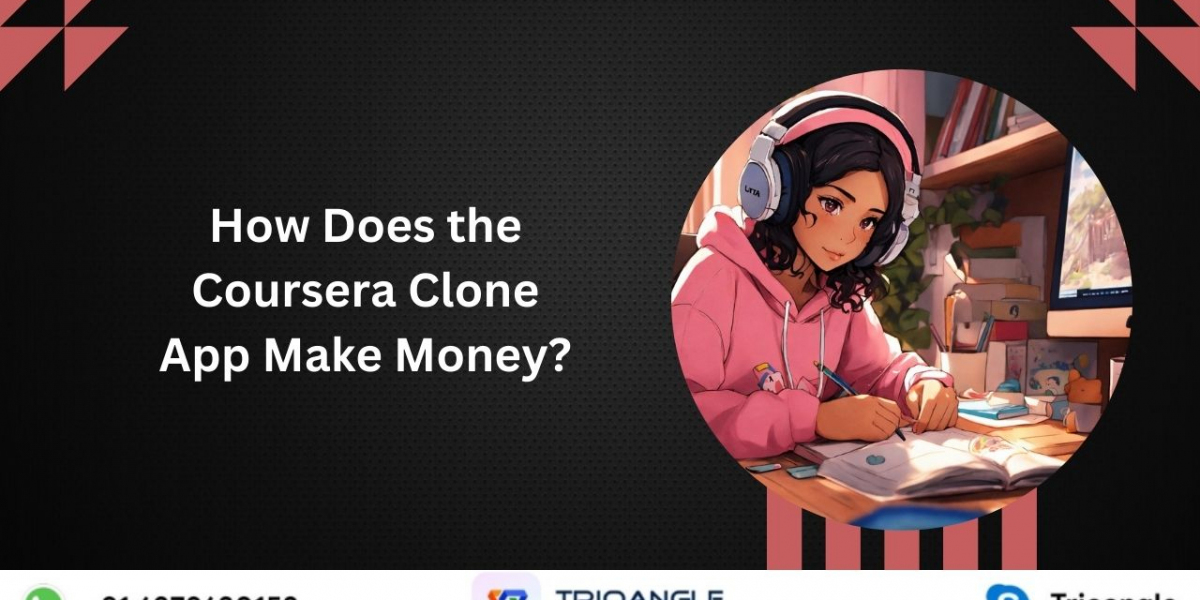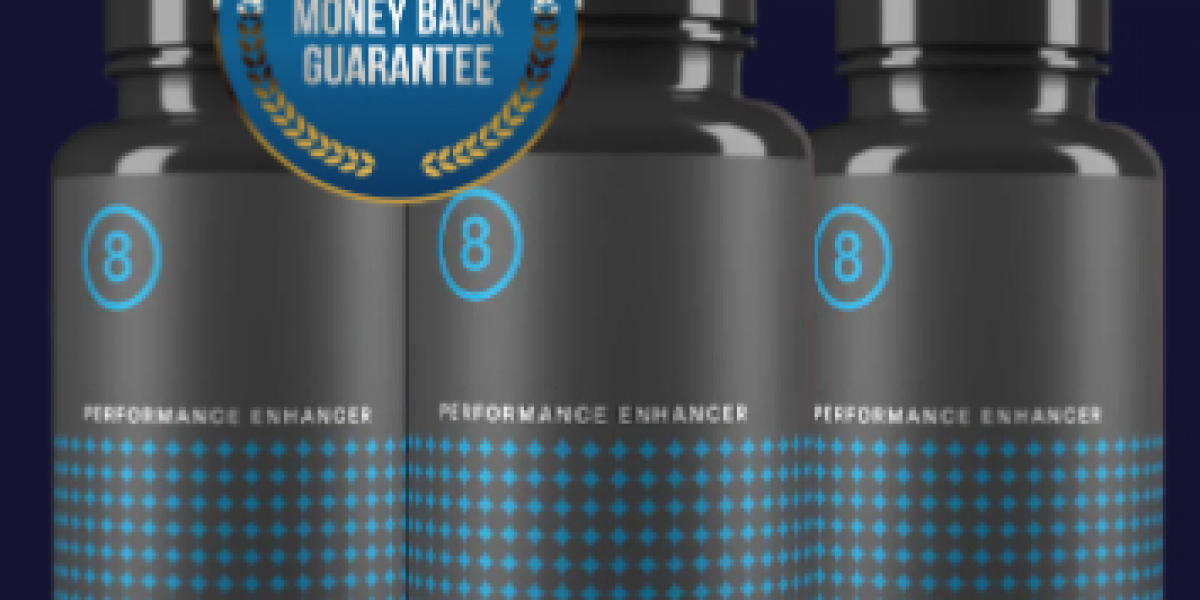E-learning is booming. The global e-learning market was valued at $399.3 billion in 2022 and is projected to reach $1 trillion by 2032, with a CAGR of 14% during the forecast period (2022-2032). These numbers illustrate the immense potential for developing online learning platforms in this rapidly growing sector.
One platform worth exploring is Coursera, a massive open online course (MOOC) platform that generated revenue of $170.3 million in Q2 2024, an 11% increase from last year.
Although building a Coursera clone script presents lucrative business opportunities for aspiring entrepreneurs.
In this blog, let's explore the business and revenue model of the Coursera clone app that can be leveraged to generate substantial income.
Before delving into the business and revenue model, let's first understand “Coursera”.
History of Coursera
Before making a business your role model, it is crucial to understand its history and determine if there are similarities to your journey. Coursera was established in 2012 by two computer science professors at Stanford University.
The founders of Coursera were inspired by the online courses offered at Stanford. Their university was among the first to provide course content on the Coursera platform. Since then, Coursera has experienced continuous growth, expanding its offerings and audience from individuals to corporations and governments.
The platform's ability to continuously grow its content and educational models without interruption is a testament to its founders' hard work and expertise. This remarkable journey showcases how a startup can reach great heights through dedication and innovation.
Now, let's move to the business and revenue model of the Coursera clone app!
Business Model of the E-Learning App Like Coursera
Coursera started as a platform where institutes could offer their courses, and over the past decade, it has gradually monetized its entire website. In 2012, Coursera began to work with a few schools and universities, and today, the brand collaborates with educational partners, governments, and corporations.
Initially, Coursera's goal was to provide free and open access to all learners. However, as the platform monetized, this model shifted, requiring users to pay fees before engaging with any content.
Let's explore the various features through which Coursera has successfully monetized its platform:
Signature Track
Although introduced in 2013, the Signature Track feature became applicable to all Coursera courses in 2015. This feature allows users to take free lectures, but they must pay to receive certificates upon course completion.
Specializations
Under this feature, students pay monthly subscription fees to gain expertise in a specific subject. Coursera offers a bundle of courses for specialization, providing a comprehensive learning experience.
Degrees
Coursera offers 14 different degree programs from top universities. Students enroll in these degree programs by paying fees, which is another revenue stream for Coursera.
By implementing these features into your Coursera clone app, you can successfully transform the platform into a profitable e-learning business model.
Revenue Model of the E-Learning App Like Coursera
An e-learning app like Coursera uses various revenue methods to generate income. Here are some strategies you can consider for your Coursera clone app:
Course Fees
The primary revenue source for Coursera is course fees. Users are required to pay fees to access various courses, specializations, or guided projects on the platform. These fees vary depending on the complexity, depth, and length of the content.
For example, individual courses may have lower prices, while comprehensive specializations or professional certificates, which bundle multiple related courses, generally have higher fees.
Implementing this pricing structure in your Coursera clone app allows you to cater to a wide range of learners, ultimately increasing your revenue potential.
Subscription Plans
An e-learning app like Coursera offers subscription-based models that allow users access to a range of courses, specializations, and other premium content. By subscribing on a monthly or yearly basis, users can enjoy unlimited access to a wide range of educational materials.
This subscription model provides flexibility and value for learners who wish to explore multiple courses or complete several specializations without having to pay for each course individually.
Certification Fees
Coursera provides certificates to learners upon course completion. These certificates are often available for an additional fee, which can vary based on the course or program. The cost of certification typically ranges from $30 to $100, though some programs may charge more.
These certificates provide tangible proof of skills and knowledge, enhancing a learner’s portfolio or resume and offering a competitive edge in the job market.
Implementing this certification fee in your Coursera clone app can be an effective revenue source for your online learning business.
Enterprise Solutions
Coursera provides tailored solutions for businesses and organizations, allowing them to offer employee training and development programs. These enterprise solutions often include content licensing, bulk subscriptions, and customized learning paths to meet the specific needs of a company.
By utilizing these revenue model in your Coursera-like app, you can generate additional revenue while helping organizations upskill their workforce.
Upselling and Cross-selling
Some online course learning platforms often use upselling and cross-selling strategies to boost revenue. After users complete or show interest in specific courses, the platform may promote higher-tier courses, premium packages, or related content to encourage additional purchases.
For example, after finishing a basic course, users might be offered advanced courses or certifications. Similarly, the platform might suggest related courses or special bundles to enhance their learning experience.
Implementing these strategies is an additional revenue stream for your Coursera like app.
Programs for Partners
Coursera collaborates with universities and educational institutions to provide a wide range of courses on its platform. These partners provide course content and, in return, receive a share of the revenue generated from course enrollments.
Implementing this revenue-sharing model in your Coursera clone app helps attract high-quality content and expertise while providing institutions with financial incentives to participate.
In-App Advertising
E-learning platforms generate additional revenues by displaying advertisements to users. These ads are often targeted based on user interests and behavior, and the platform earns revenue through ad partnerships and placements.
Integrating the in-app advertising feature in your online learning platform can provide a substantial additional income stream for your business.
Summarizing Up
The e-learning industry is experiencing rapid growth, presenting significant opportunities for entrepreneurs and educators. Developing a Coursera clone script can be a strategic move to capitalize on this growth.
By leveraging Coursera's proven business model and revenue strategies discussed in this blog, your Coursera clone app can meet the diverse needs of learners globally while generating sustainable income for your online learning business.









